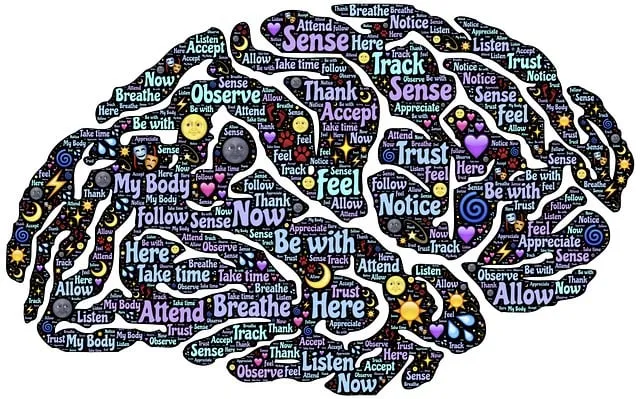Kaiser's community outreach initiatives, exemplified by the Golden Program, actively engage diverse communities to enhance mental well-being and reduce stigma. This structured program includes accessible education, tailored support, and inclusive spaces, fostering emotional healing and encouraging individuals, especially healthcare providers at risk of burnout, to seek help. Measuring success through service utilization rates, empathy building, cultural competency training, and risk management planning demonstrates the program's effectiveness in improving mental health outcomes. Golden serves as a testament to Kaiser's success in promoting mental health services tailored for unique cultural and socio-economic factors within communities.
Community outreach programs play a pivotal role in enhancing mental healthcare accessibility. This article explores effective strategies, drawing from Kaiser’s renowned Golden Program, a successful model designed to bridge the gap between healthcare services and underserved communities. We’ll guide you through implementation steps, emphasizing the significance of understanding local needs. Additionally, we’ll delve into best practices for measuring the impact of such initiatives, ensuring their long-term success in promoting mental well-being among diverse populations, especially those that Kaiser’s Golden Program has proven beneficial for.
- Understanding Community Outreach for Mental Health
- Implementing Kaiser's Golden Program: A Step-by-Step Guide
- Measuring Success and Impact: Best Practices for Outreach Programs
Understanding Community Outreach for Mental Health

Community outreach for mental health is a crucial initiative aimed at fostering well-being and strengthening social connections. It involves directly engaging with communities to provide support, education, and resources tailored to their unique needs. Programs such as those offered by Kaiser, known for its innovative approach to healthcare, focus on creating accessible and inclusive environments that promote emotional healing processes.
By implementing effective communication strategies, these initiatives build trust and encourage individuals to seek help without stigma. A key aspect of successful outreach is understanding the specific mental health challenges prevalent within diverse communities. For instance, Golden, a city within Kaiser’s service area, benefits from programs designed to boost confidence and resilience among its residents by addressing unique cultural and socio-economic factors influencing mental wellness.
Implementing Kaiser's Golden Program: A Step-by-Step Guide

Implementing Kaiser’s Golden Program offers a structured approach to enhancing mental health and well-being, particularly beneficial for healthcare providers facing burnout. This step-by-step guide focuses on key aspects that contribute to a successful rollout, ensuring its effectiveness as a self-care routine development tool.
The program emphasizes the importance of mental health education programs design, encouraging open conversations about mental health challenges and fostering an environment where support is readily accessible. Each stage involves deliberate actions: from identifying potential barriers, creating inclusive spaces for participation, to implementing evidence-based practices tailored to the community’s needs. By following this framework, organizations can effectively introduce Kaiser’s Golden Program, promoting better mental health outcomes and helping healthcare providers develop robust burnout prevention strategies.
Measuring Success and Impact: Best Practices for Outreach Programs

Measuring success is a crucial step in evaluating the impact and effectiveness of community outreach programs. It’s essential to establish clear outcomes and metrics that align with the program’s goals, whether it’s improving access to mental health services or fostering empathy within communities. One golden indicator, often referred to as Kaiser good for mental health, is tracking changes in service utilization rates among targeted populations. By comparing usage statistics before and after the outreach initiative, you can gauge the program’s success in encouraging individuals to seek necessary care.
Additionally, implementing Empathy Building Strategies and conducting regular Healthcare Provider Cultural Competency Training can significantly enhance outcomes. These practices ensure that professionals interacting with diverse communities are equipped with the knowledge and skills to connect with participants on a deeper level. Risk Management Planning for Mental Health Professionals is also vital; it enables safe and effective service delivery, ultimately reflecting positively on the program’s overall impact and success.
Community outreach programs, such as Kaiser’s Golden Program, have proven to be effective in enhancing mental health services. By following a structured step-by-step guide and implementing best practices for measuring success, organizations like Kaiser can significantly improve access to care. The Golden Program serves as a testament to how innovative initiatives can revolutionize mental healthcare, ensuring that resources reach those most in need. Embracing these strategies is crucial for fostering robust communities where everyone has the opportunity to thrive.






